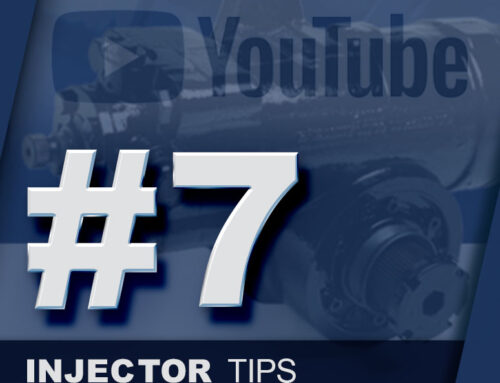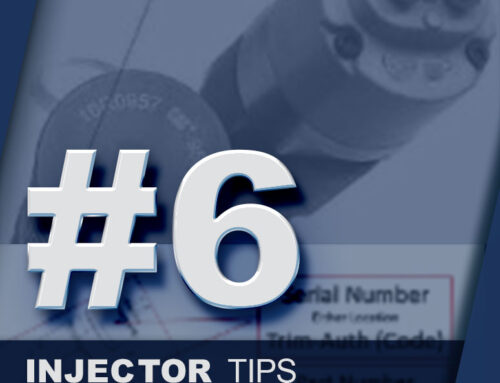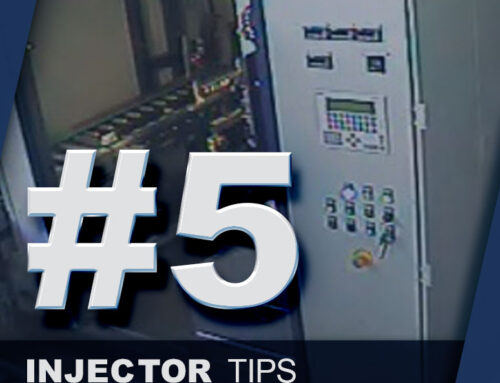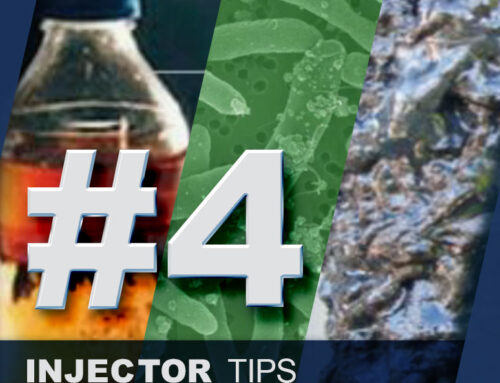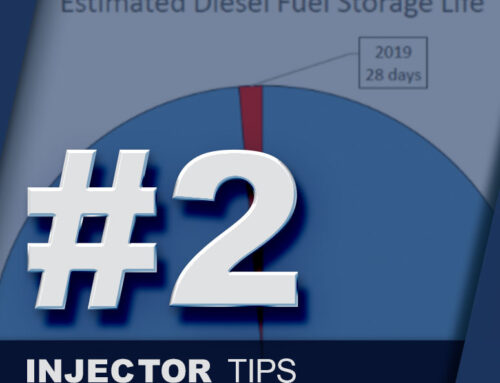PARTICULATES IN FUEL
Fuel issues are the #1 cause of equipment failure.
DID YOU KNOW? Over 60% of injector failures are from contamination.
Preventing Diesel Fuel Contamination
These particles in fuel can be road dust, engine rust, wear particles or any other hard particles. Particle contamination gets into diesel fuel in multiple ways. The fuel itself can pick up particles during transit. Particles can also ingress through the tank vent. As the fuel tank is drawn down, ambient air is drawn into the tank, providing a source of particle contamination. Wear debris from fuel system components is another source.
Today, particles significantly smaller than 4 μ in size are potential wear contributors to important parts.
Help prevent fuel contamination by:
- Fuel Testing
- Pinpoint the specific problem
- Mechanical fuel & tank cleaning
- Address issues that fuel chemicals won’t resolve
- Effective chemical tratments
- Mechanical cleaning can’t keep all problems away

Filtration Considerations For Dealing With Fuel Contamination
Fuel filtration is an essential element for managing and remediating fuel contamination. In 1931 Caterpillar owner’s manual stated that 90% of diesel problems were due to dirt or water in diesel fuel. Today’s common rail fuel injection systems have critical filtration requirements due to increased operating pressures and tighter clearances for injectors and fuel pumps.
Today’s diesel engines generally have two filters to deal with the issue – a primary and a secondary. The primary filter usually has efficiency ratings from 7 μ to 25 μ. Secondary fuel filters are placed between the transfer and high-pressure injection pump. The secondary filters protect the high-pressure fuel pump and sensitive fuel injection components from particles that can cause wear damage. Typical ratings for secondary filters in high-pressure common rail fuel systems are in the 4 to 5 μ efficiency range.
Prevention of Contamination During Installation
No one wants to install injectors twice, and the easiest way to avoid an out of the box issue is to prevent contamination during installation.
There a few things you can do to prevent this issue.
- Test your fuel
- That may be what caused the other injectors to fail
- Change the fuel filter(s) – follow your OE recommendations (some are 10,000-20,000 miles)
- Flush the system
- Clean the installation area
- Clean fuel line connectors
- Use new gloves or clean hands to install
- Remember it only takes 5 microns to clog some injectors (dust off a rag)
- Unwrap the injector and follow the installation procedures immediately
- Do not set the injector down before installing
- This is an easy way to get contaminants into the injector
We hope that this information can help you and your organization reduce downtime and enjoy installing ProDiesel Injectors.




